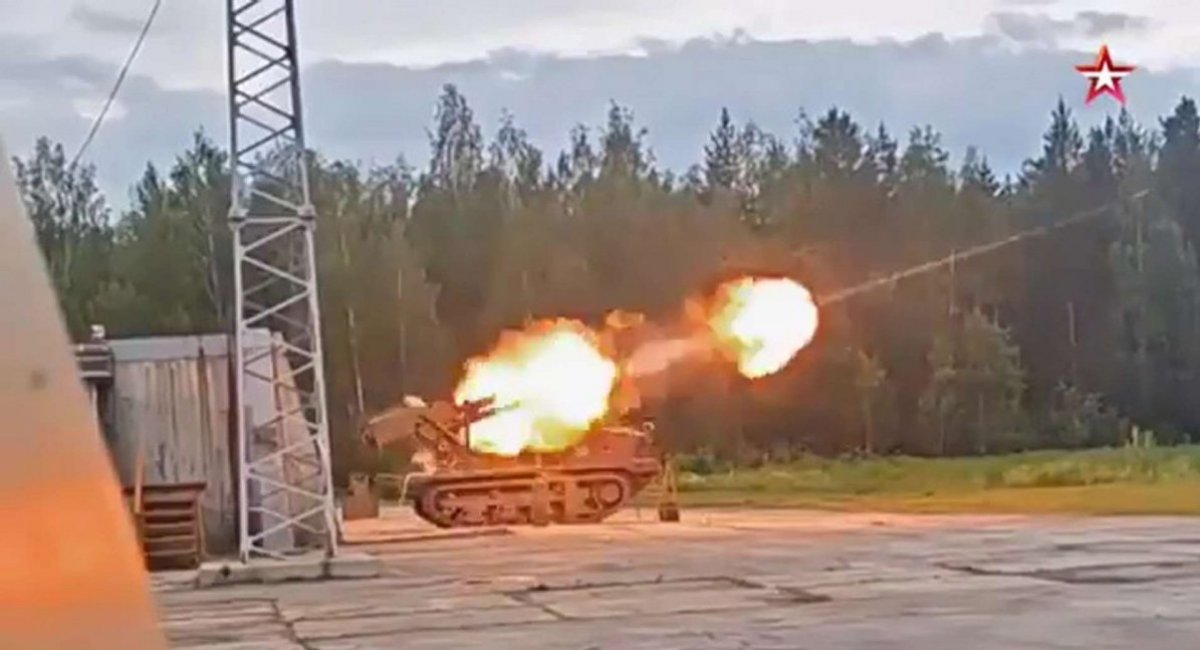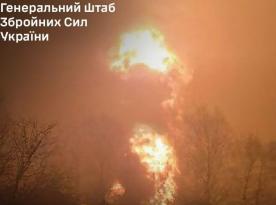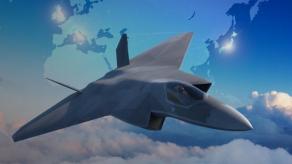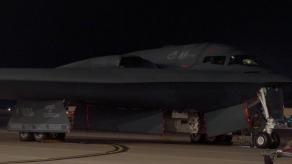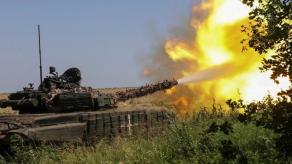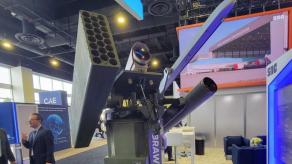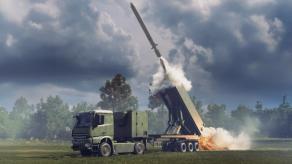russian developers have continued work on the MTS-15 Klever, a tracked, unmanned self-propelled gun built around a tractor-type drone chassis and Soviet D-30 howitzer. Recent imagery shows one concrete change: the drum autoloader has been uprated from an 8-cell to a 12-cell drum, effectively doubling the ready-round count from four to six. On the surface this looks like progress, but the deeper picture remains one of limited utility and unresolved weaknesses.
The core firepower, the D-30, is an old towed gun with a maximum range of roughly 15.3 km. Mounting an autoloader onto it gives the system a theoretical capability to execute a short autonomous firing sequence, but an autoloader alone does not make a true unmanned artillery system. The MTS-15 system lacks a ballistic fire-control suite and any electronic gun-laying drives; the weapon still requires a human gunner to aim, correct fire after each round, and provide targeting inputs.
Read more: UK Expands Missile Production to Supply 5,000 Multipurpose Missiles to Ukraine
Mobility and survivability are serious problems. The tractor-drone chassis reportedly tops out at about 12 km/h and has only a 500-metre remote-control range. At that speed and control radius the vehicle cannot perform shoot-and-scoot tactics effectively, it can barely reach cover under its own power and would need to be moved by a trailer for any significant repositioning. Some russian outlets have even floated the idea of firing the MTS-15 system from a trailer to enable faster moves, but that only underlines how ill-matched the platform is to modern artillery practice.
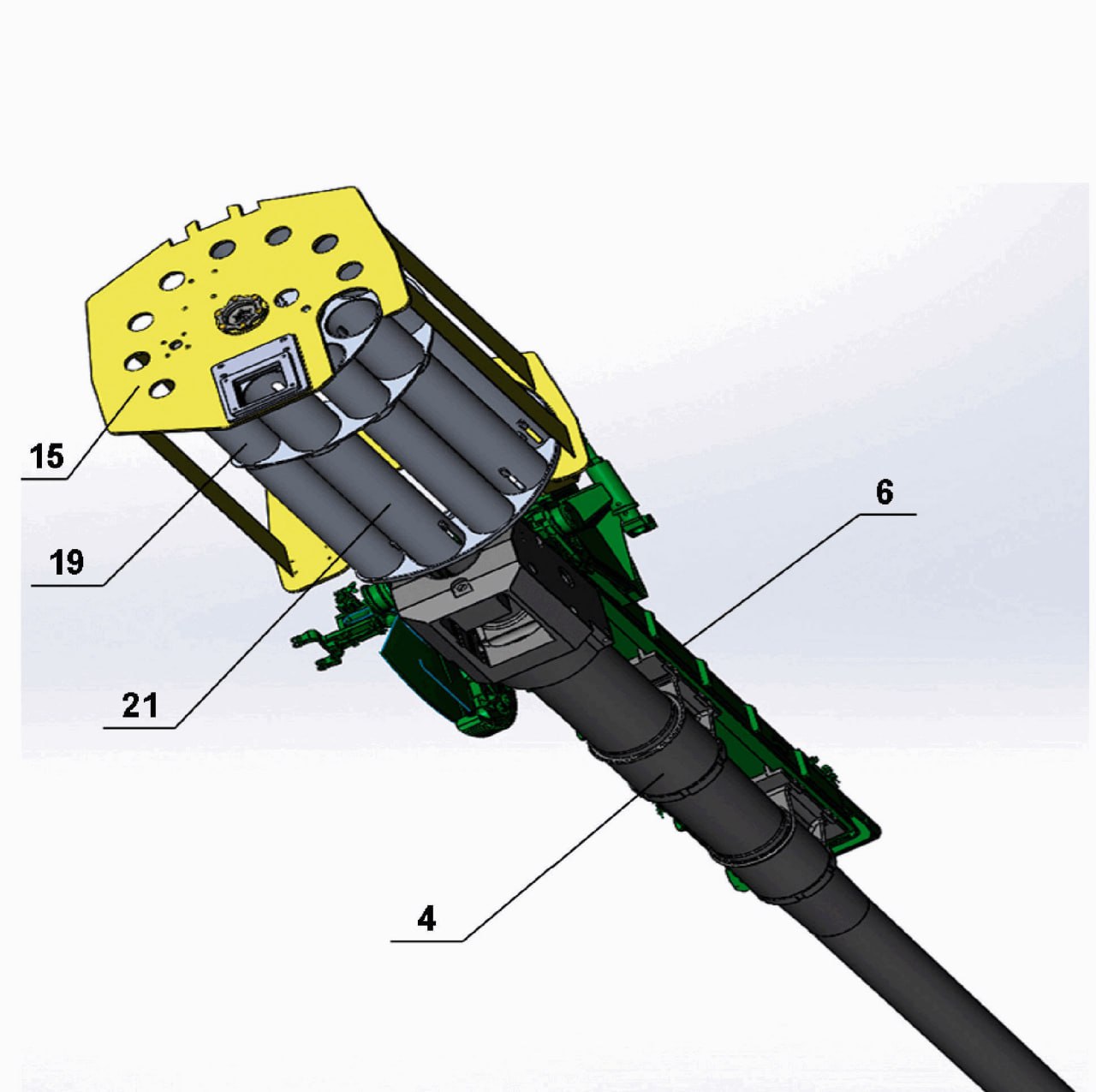
Recoil management and accuracy also appear neglected. The system reportedly has no solid spades or supports to anchor the gun, so each shot induces considerable chassis oscillation.
Without stabilization and precision laying, dispersion will be high and effective combat accuracy low. An autoloader that can feed six rounds is a marginal improvement over four, but with poor aiming and stability the extra rounds add little real lethality.
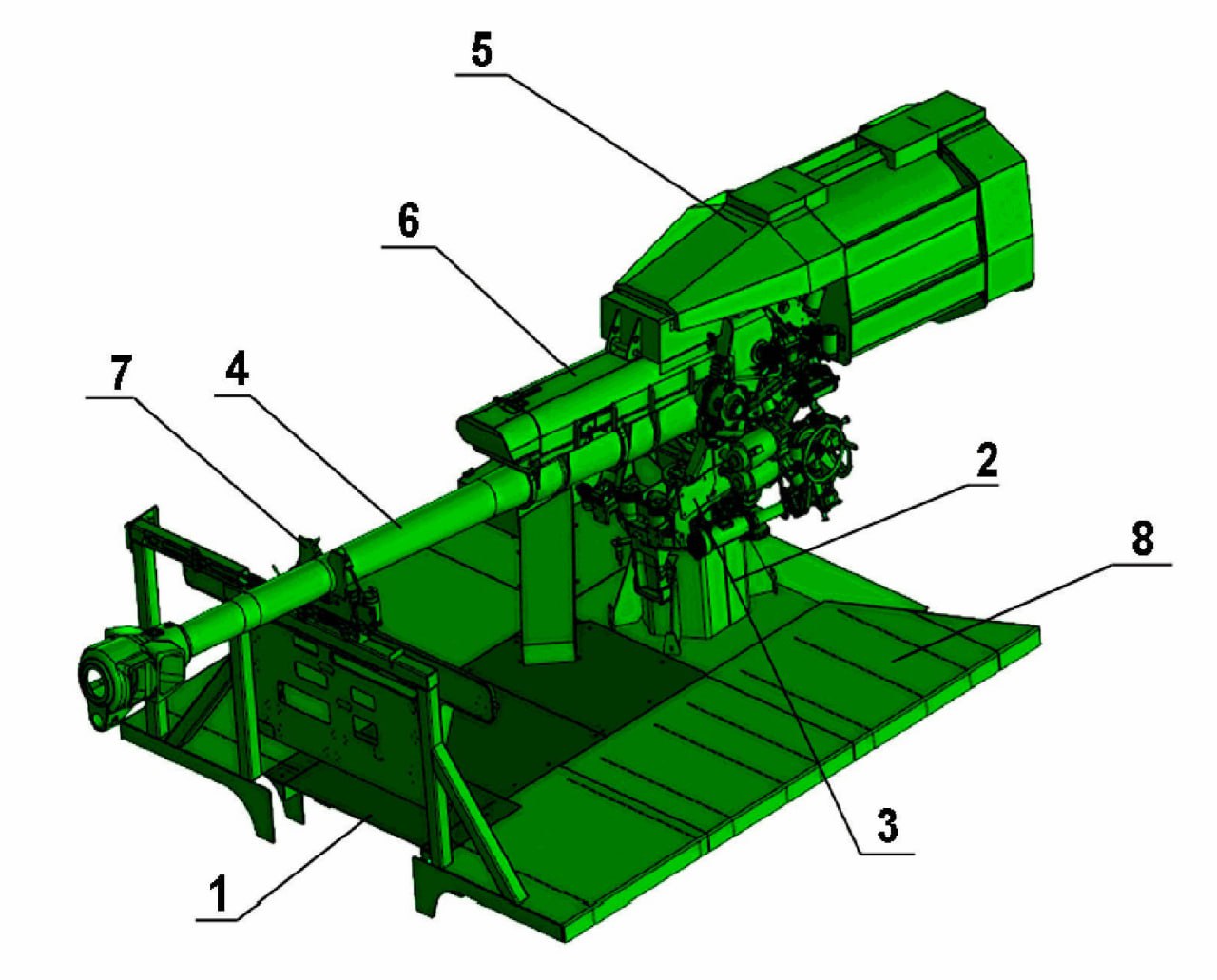
Tactically, the MTS-15 system's design choices raise hard questions. A robotic chassis that cannot quickly change position or accept accurate remote laying is a liability rather than an advantage: it increases logistics complexity (trailers, recovery) and reduces survivability under counter-battery or drone strike.
The 500-metre control range also makes the system vulnerable to electronic warfare and limits its safe stand-off from forward observers or targeting assets.
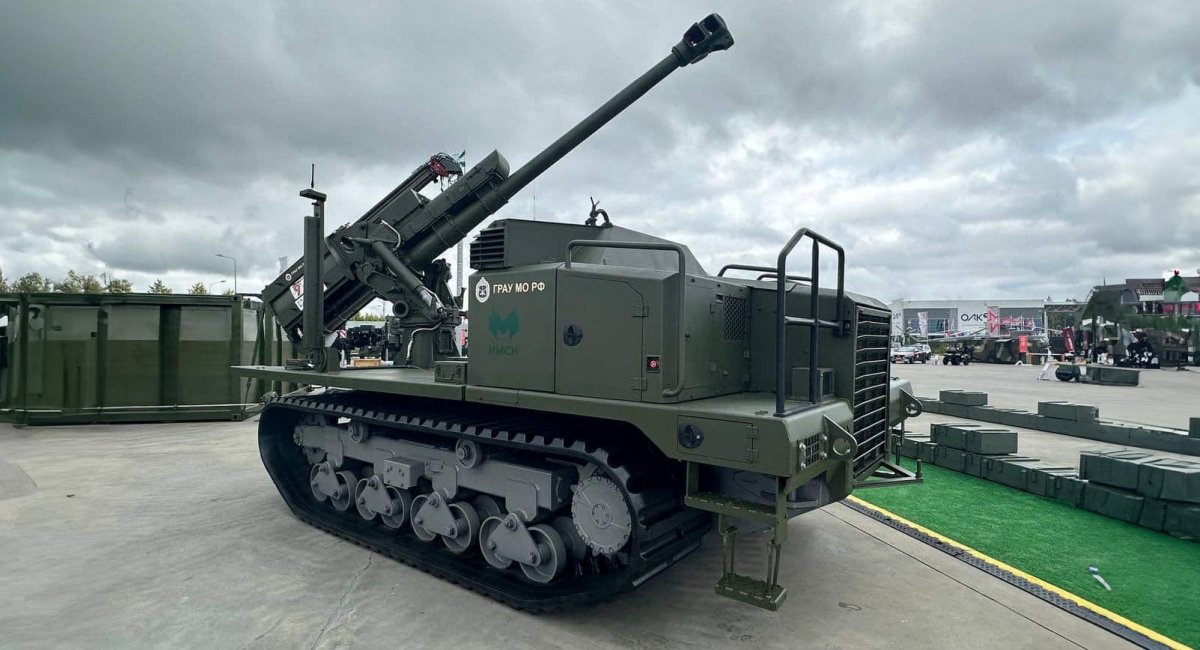
What would lift the concept from experiment to utility is obvious but difficult: integrate remote gun-laying drives and a modern ballistic fire-control system (including sensors and datalinks), fit a faster chassis (either high-mobility tracks or wheeled), and give the platform effective anchoring for accurate fire. Until those changes are implemented, the Klever system remains an incremental modification of old artillery rather than a genuine unmanned combat asset.
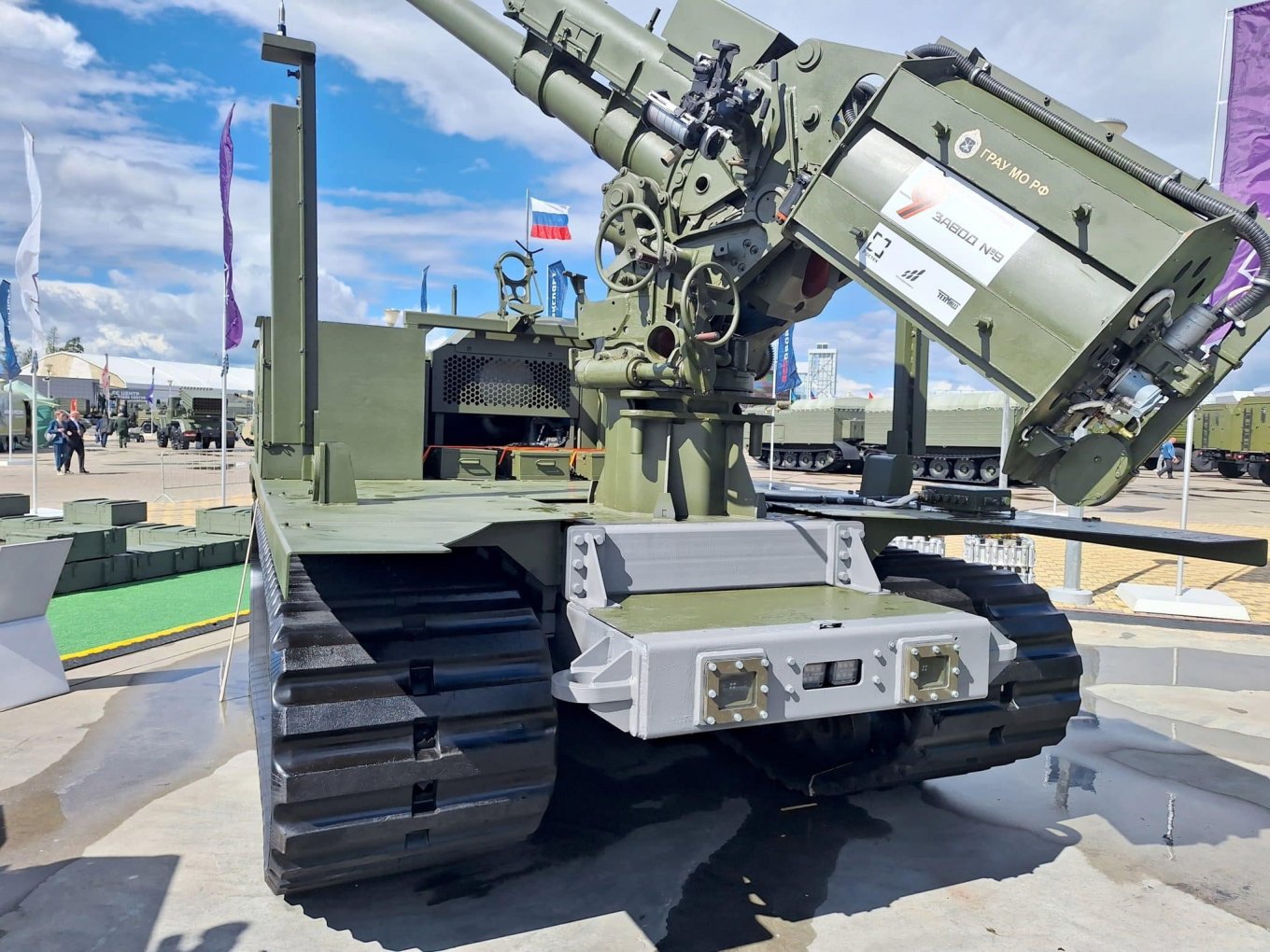
A year after its first public appearance at Army-2024, only the autoloader's magazine has meaningfully changed. That modest increase in ready rounds does not address the structural problems, mobility, control range, stabilization, and fire control, that prevent the MTS-15 system from being a credible autonomous artillery solution. As currently configured, it looks more like an interesting engineering exercise than a battlefield game-changer.
Read more: Production Delays Hit HIMARS as Estonia Explores Korean Rocket Systems




